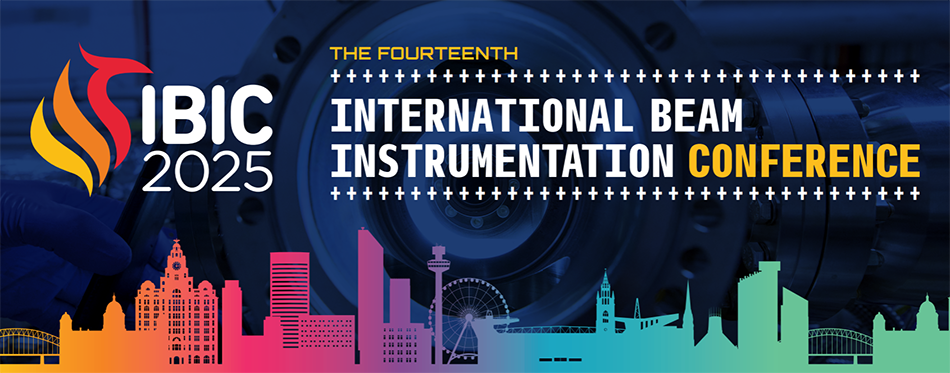Speaker
Description
Conventional X-ray beam monitors, such as gold meshes and conductive diamond films, often suffer from significant drawbacks, as diffraction effects, non-uniform transparency, low signal levels, and poor spatial resolution, particularly when applied to soft and tender X-ray beams. To address these limitations, we explore the use of ultra-thin (<2 µm) free-standing Silicon Carbide (SiC), developed by SenSiC GmbH, membranes as in-line, minimally invasive beam position monitors. These devices offer high lateral resolution and minimal beam perturbation, making them particularly suitable for synchrotron radiation applications.
Preliminary beam tests were conducted at the NanoMAX beamline (MAX IV) using highly focused (<1 µm FWHM) soft X-ray beams. SiC devices with 4-quadrant layouts demonstrated clear beam detection capability, though limitations emerged at the quadrant interfaces due to charge collection losses and charge multiplication under high electric fields. These effects were further investigated using Sentaurus TCAD simulations, which highlighted the potential for optimized sensor geometries to mitigate such issues.
Results from a related SiC membrane intensity monitor, tested at the PTB four-crystal monochromator beamline at BESSY II demonstrated compatibility with tender and hard X-rays*. This device features a 3 mm diameter membrane consisting of a 0.3 µm p⁺ layer, 1.5 µm n⁻ active region, and a 370 µm n⁺ substrate, with Al contacts. Transmission tests in the 1.75 - 10 keV range confirmed excellent transparency (up to 97.55%) and uniform photocurrent response under 8 keV raster scans. The measured photocurrent at zero bias was 0.586 nA with 86% charge collection efficiency.
Together, these results highlight the promising role of sub-2 µm SiC membranes for high-precision, in-line monitoring of X-ray beams across a wide spectral range, with ongoing developments targeting even thinner devices for optimized performance in soft X-ray applications.
Footnotes
Nida, S., et al. Synchrotron Radiation 26.1 (2019): 28-35.
*Trovato, G., et al. Journal of Synchrotron Radiation 32.1 (2025).
Funding Agency
Project supported by: 3277-“SAMOTHRACE” ECS00000022–CUP B63D21015260004, ASCENT+ grant no 871130, Horizon 2020 grant No 101007417, NFFA-Europe Pilot Transnational Access Activity, proposal ID421.
| I have read and accept the Conference Policies | Yes |
|---|

